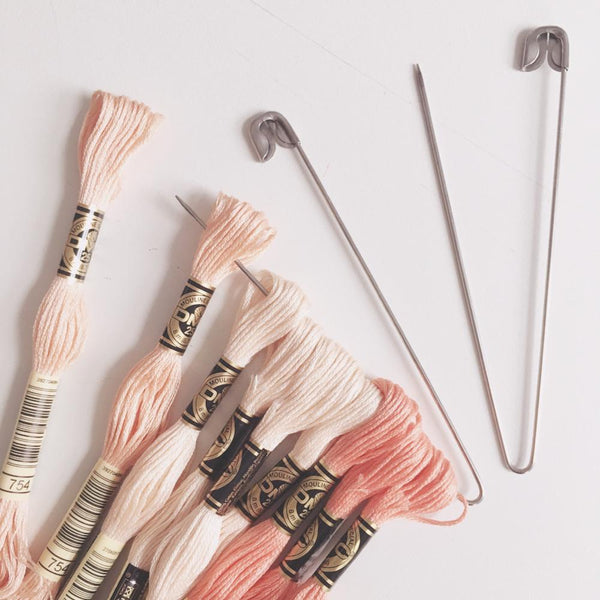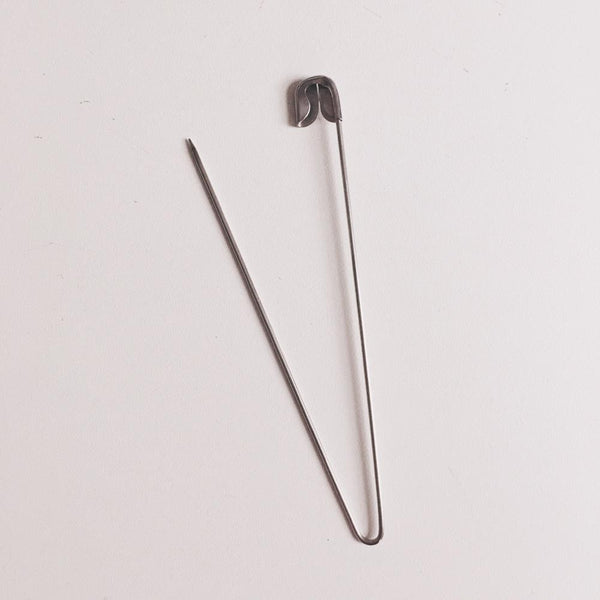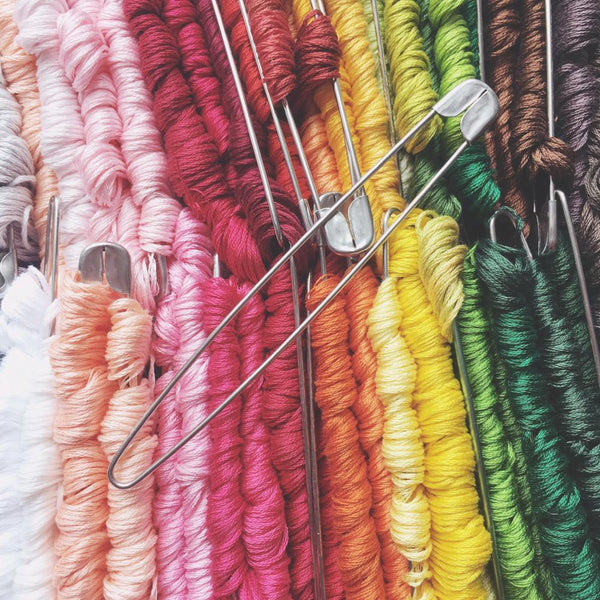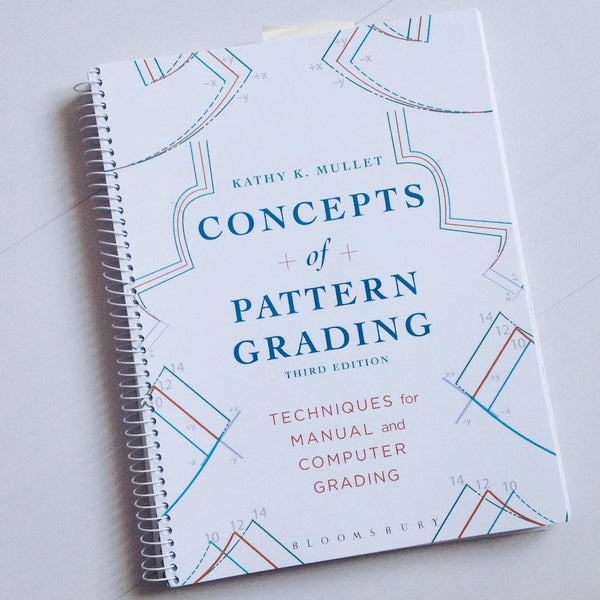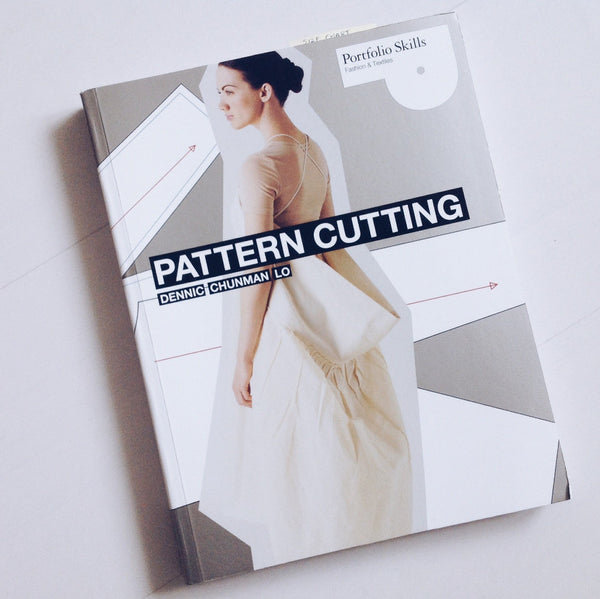17 crafty podcasts, my favourites + a few bonus non crafty podcasts

Even though we've been in lockdown or partial lockdown for months I still have a commute to my part time job as a soapmaker, since that's impossible to do from home. During that commute I almost always listen to podcasts and in the evening when I knit or sew...again lots of podcasts.
And since my friend and fellow creative entrpreneur Saskia de Feijter just started a brand new and fabulous podcast...I tought I share my favorite podcasts. I'll start with the craft related ones, but I've included a few other podcasts at the end.
Some podcasts aren't updated anymore, but since most will have an archive full of podcast goodness I've added them anyway. Nothing better than discovering a good podcast and binging on the archive.
A Smaller Life - with Saskia de Feijter
A smaller life is a brand new podcast, but it's of to a great start!
I know Saskia since we started collaborating on workshops and teaching beginner knitting workshops at her wool shop. However when she discovered she had a heart condition and then covid hit and she made some radical choices to shape her life and work you can follow her on her journey as she talks to other creatives to explore the ideas of a smaller ife
With this podcast I want to take you with me on my journey to discover the answers to these questions: What do we buy, Where do we buy, Who do we buy from… Or don’t we buy at all but use what we already have? And how relevant is my job as a yarn shop owner selling people stuff when we already have more than we need? How can I make my life as an entrepreneur and textile crafter smaller and more relevant to these times?
https://www.ja-wol.com/blogs/podcast
Making ( Woolful )- with Ashley Yousling
There haven't been new episodes for a while, but I sometimes go back to this one to relisten a few. It was/is by far my favorite wool/knitting/fiber related podcast out there.
https://woolful.com/podcast-episodes/
Threads
Threads is a great source of sewing inspiration, and information.
https://www.threadsmagazine.com/blog/sewing-threads-podcast
Close Knit - with Ani Lee
"The Close Knit podcast aims to hold space for conversation about the ways we use fiber to process life and world events"
It's like listening in on a conversation of friends chatting away while you can focus and enjoy your knitting or sewing.
Thread Cult
Each episode, journalist and sewing blogger Christine Cyr Clisset (of Daughter Fish) interviews master craft people and creators in the home sewing, textile, and fashion communities. From independent pattern and textile designers to couture experts and curators, Christine brings you along on thought-provoking conversations sure to enlighten your own sewing or fibers practice—and give you something to listen to while you stitch, weave, dye, or work!
More Crafty podcasts
The podcasts below are on my list to check or I've listened to them sporadically, so I don't have much to say about them other than, give them a try!
Love to Sew
A Coffee with Makers
http://www.acoffeewithmakers.com/podcast/
While She Naps
https://whileshenaps.com/category/the-podcast/episodes
Dear Handmade Life
https://dearhandmadelife.com/podcast/
Vogue Knitting
https://www.vogueknitting.com/magazine/vogue-knitting-knitterviews-podcasts/
Clothes Making Mavens
http://www.clothesmakingmavens.com/category/blog/
Sew and Tell
Yarn in the City
https://www.yarninthecity.com/blog/19/9/2016/episode-45-yarn-crawlers-of-the-baskervilles#
Sewciety
http://modernsewciety.com/podcast-gallery
Very Pink Knits
https://verypink.com/category/podcast/
Pom Pom Mag
https://www.pompommag.com/category/podcast/
Knit British
http://www.knitbritish.net/category/podcast/
The other podcasts
Tara Brach
It's not really a podcast, but Tara Brach's teachings are uploaded so you can listen and enjoy + join along in the meditations. Tara Brach’s teachings blend Western psychology and Eastern spiritual practices, mindful attention to our inner life, and a full, compassionate engagement with our world.
My favorite meditation (maybe not the best for a commute though) is the one called "Relaxing into sleep (no bell at the end)"
https://www.tarabrach.com/talks-audio-video/
Focus on This podcast
This podcast is not craft related, but it 's connected to the Full Focus Planner by Michael Hyatt.....which I don't use, I'm an avid and messy BuJo user! However I do use some of it's principals when I'm planning my day. It's a fun podcast to listen too if you are into planning and want tools to get things done.
https://focusonthispodcast.com/
Unlocking Us with Brené Brown
https://brenebrown.com/podcasts/
The Michelle Obama Podcast
The list is a bit all over the place, but I hope you enjoy listening to them and maybe find a new podcast to add to your list, and please share your favorite podcasts in the comments below!
Happy sewing!
Charlotte
PS: looking for a fun and free sewing project? Sign up to the newsletter for a free copy of the smallest Tsuno Tie Bag and sew up some scraps. If you sign up you also get access to the free printable swatch library, sewing project planner and a few other handy templates. You'll receive the files in your welcome mail :)


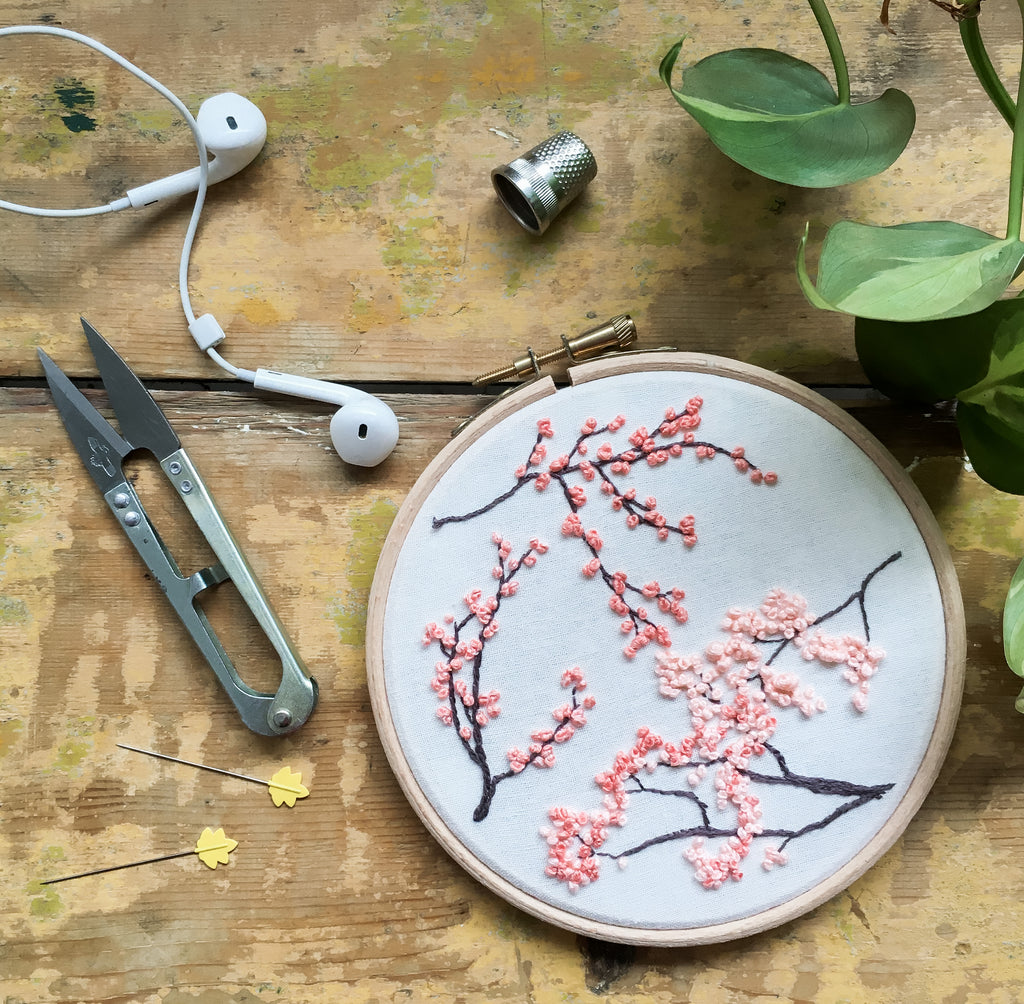
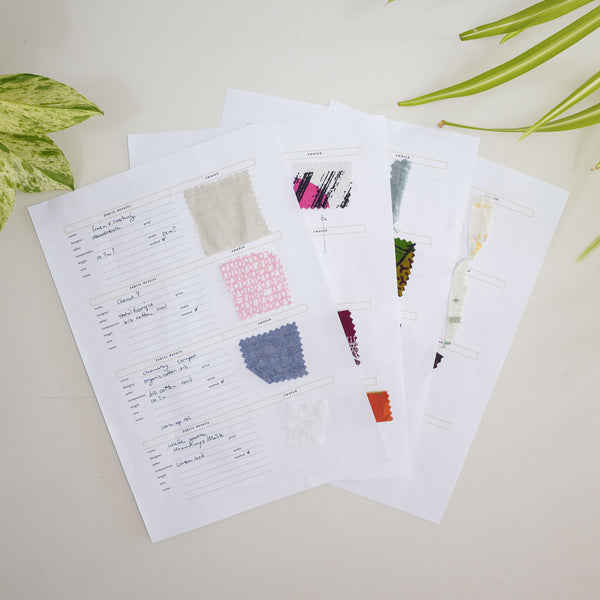




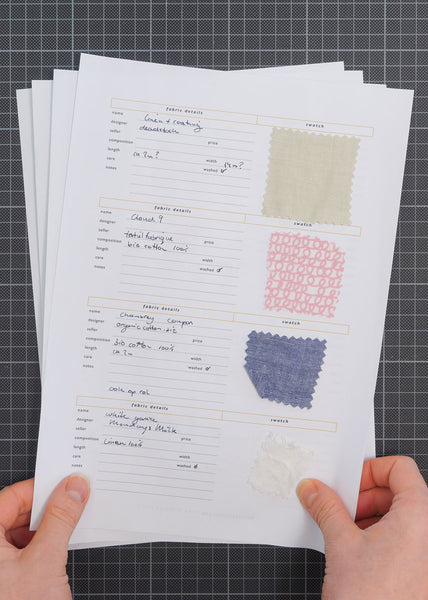




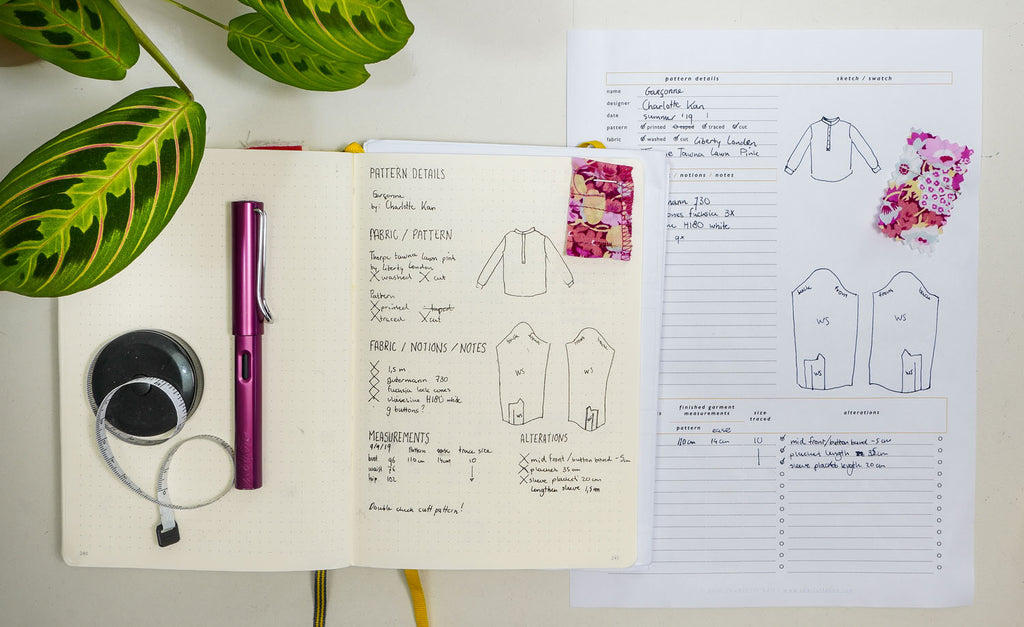

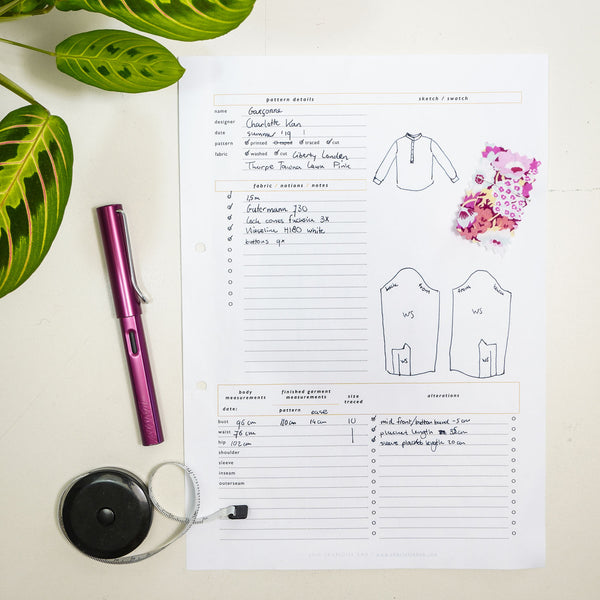
 This glossary of sewing terms for the beginner is an A-Z guide that explains many terms, but also includes some tips and tricks that I think you might find handy. The list is a work in progress and I'll add links to tutorials, images and videos when I create them. Let me know in the comments if I missed a crucial sewing term you would like to know about.
This glossary of sewing terms for the beginner is an A-Z guide that explains many terms, but also includes some tips and tricks that I think you might find handy. The list is a work in progress and I'll add links to tutorials, images and videos when I create them. Let me know in the comments if I missed a crucial sewing term you would like to know about.
